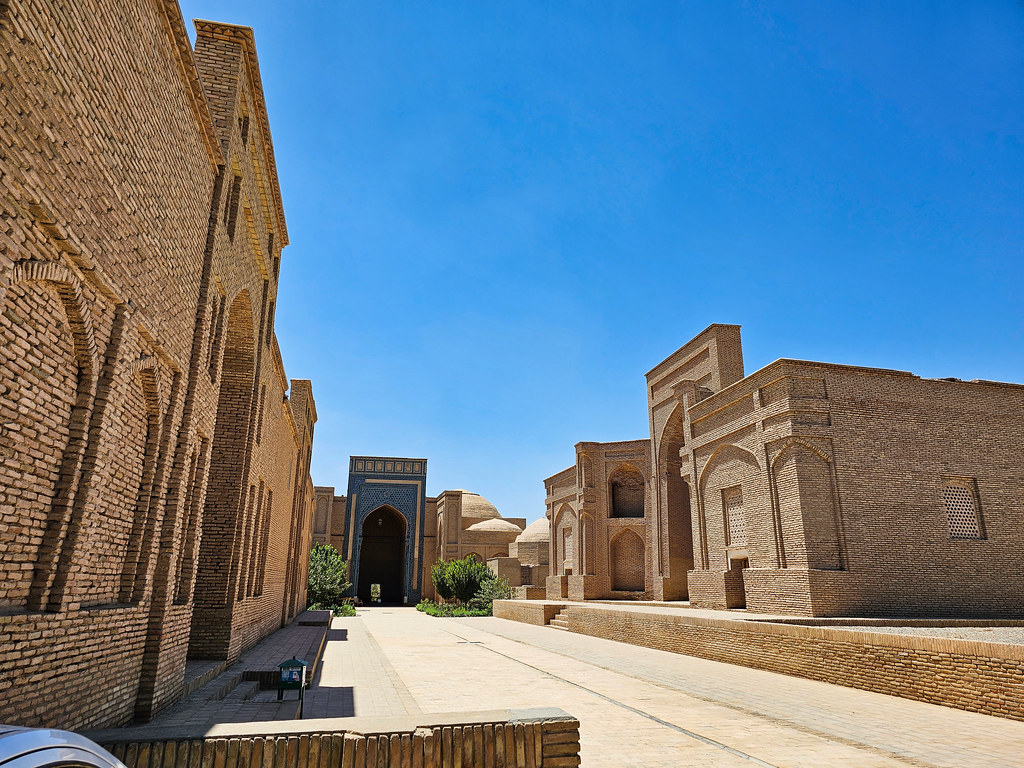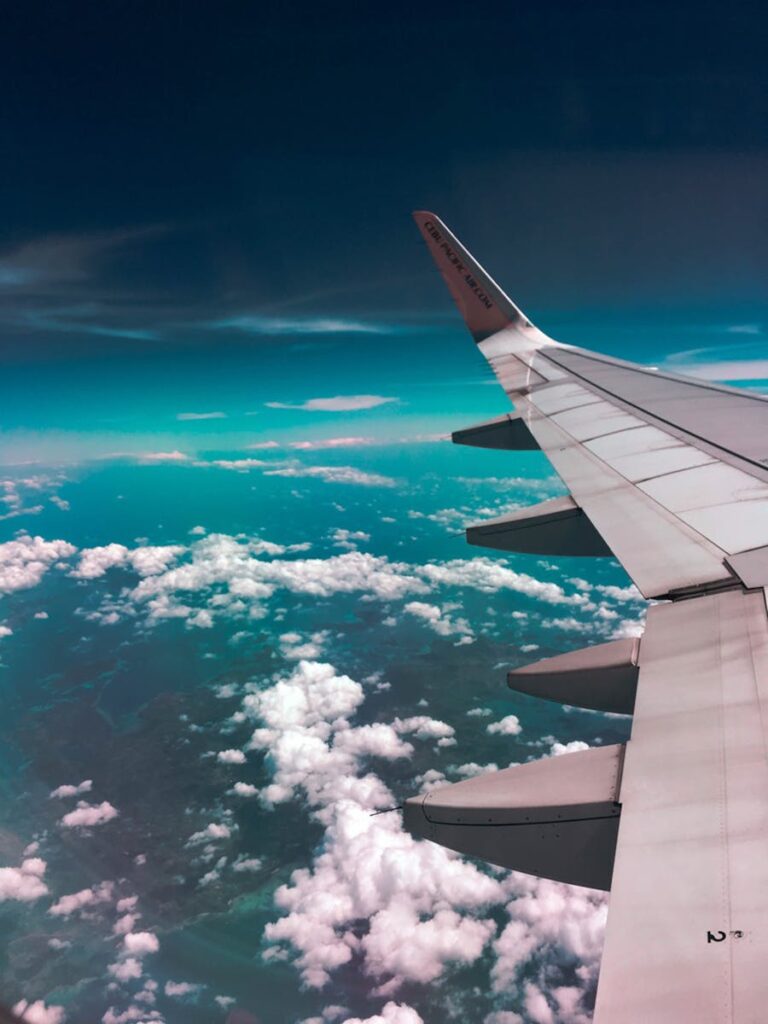Have you ever dreamed of wandering through a city that whispers the tales of ancient conquerors, where the echoes of history reverberate through the streets and the very soil beneath your feet is steeped in legends? Welcome to Termez, Uzbekistan’s southernmost city, a treasure trove of historical marvels and architectural wonders that sits quietly, yet proudly, on the edge of the Amu Darya river, beckoning the intrepid traveler to uncover its secrets.
Termez – a city rich in history
Termez, sometimes spelled Termiz, is not just a gateway to Afghanistan but a destination in its own right, rich with attractions ranging from old Buddhist monasteries to medieval mausoleums. This city, which is on the tentative list of UNESCO World Heritage sites, is an archaeological goldmine for history enthusiasts. It’s a place where the stories of Greek legionnaires, Buddhist monks, Arab and Mongol invaders, cosmopolitan traders, and wandering men of wisdom intertwine with the legendary Silk Road.
The city’s population of over 130,000 residents today might only see a few traces of its colorful cosmopolitan history, but the landscapes on the edges of town and the ancient monuments and sites are testaments to its glorious past. Termez has been a political and cultural chameleon throughout its epic history, adapting and transforming through the ages with the ease of a seasoned performer.
The history of Termez is as fascinating as it is long, beginning with Alexander the Great’s conquest in the late 4th century BC. The region thrived under the Greco-Bactrian kingdom, becoming a melting pot of Mediterranean, Indian, Persian, Chinese, and Central Asian civilizations. It was a center for Buddhism and Gandharan art, where Greco-Buddhism, a blend of Indian Buddhism and Greek culture, flourished.
As part of the Kushan empire between the 1st and 4th centuries AD, Buddhism spread even further towards China. However, following the fall of the Kushan empire, the region saw a series of rulers until it became part of the Arab Caliphate in the 8th century. The Arab general Musa ibn Qasim seized Termez in 689 AD, only to be overthrown by Caliph Uthman in 704 AD. The city then began to look north to Central Asia rather than south to Afghanistan.
The Mongols of Genghis Khan conquered Termez in the 13th century, and the old city was razed. The contemporary city of Termez rose in the 14th century as part of the Timurid empire, a few kilometers southeast of the old location. The third and current city of Termez is a 19th-century creation, developed from a Russian garrison town on the southernmost border of the Russian Empire.

Excellent geographical location of Termez
Termez is well-connected with other destinations within Uzbekistan, although journeys can be long. It’s about 375 km from Samarkand, 380 km from Bukhara, 660 km from Tashkent, 855 km from Khiva, and 900 km from Namangan. Traveling to Termez is an adventure in itself, with options to fly, take a train, or hop on a bus or taxi.
By plane, Uzbekistan Airlines operates twice-daily flights from Tashkent to Termez, with a flight time of 1h 45min. The Termez Airport is a short drive from the city center. By train, the journey from Tashkent takes about 14 hours, with regular services to Denau as well. The train station is conveniently located at the northern end of the city. Buses and shared taxis also operate daily from Tashkent and Samarkand, offering a faster but more expensive alternative.
A diverse range of Islamic and pre-Islamic landmarks
Once in Termez, the modern city might remind you of an ordinary Soviet city, but it’s the region’s ancient structures that draw visitors. The Termez Archaeological Museum is a must-visit, showcasing unique architectural monuments of the Kushan period, including the highly valued Airatam Buddhist temple complex. The museum’s exhibitions focus on the Buddhist period and the early centuries AD, featuring household items, weapons, coins, stamps, paintings, and antique sculptures.

The Sultan Saodat Complex, located 8 km northeast of modern Termez, is a collection of seventeen mausoleums that served as the family burial place of the Termez sayyids, a dynasty claiming descent from Ali. The complex’s architecture and history are a testament to the family’s political and religious influence.
The Kirk Kiz Fortress, just past the airport to the northeast of modern Termez, is shrouded in legends. The fortress dates back to the 9th century and is a prime example of pre-Arab invasion architecture. Visitors can explore the remaining structures and imagine the grandeur of the fortress in its heyday.
Old Termez, 6 km northwest of the modern city, offers a glimpse into the original city’s scale and strength. The settlement once hosted a mint, caravanserais, orchards, and a sophisticated irrigation network. Today, visitors can see the remnants of the ancient citadel and Buddhist monasteries, including the Karatepa cave temple complex and the sacred Fayaztepa monastery.
The Afghanistan–Uzbekistan Friendship Bridge, ironically named, is a poignant reminder of the region’s turbulent history. Built during Soviet times, it was the main entry point for Soviet troops entering Afghanistan in 1979 and the exit point for their withdrawal ten years later.
While Termez may be off the beaten track, it offers a wide variety of Islamic and pre-Islamic sights, as well as the thrill of being close to the Oxus (Amu Darya) and the Afghan border. For those seeking a unique and enriching travel experience, Termez is a hidden gem waiting to be discovered.
Termez is a city that defies expectations and offers a rich tapestry of history and culture. It’s a place where the past is always present, and the spirit of adventure is alive and well. Whether you’re a history buff, an archaeologist at heart, or simply a traveler in search of the road less traveled, Termez is a destination that promises to captivate and inspire. So pack your bags, set your sights on Uzbekistan’s southernmost city, and prepare to be amazed by the wonders of Termez.
Related posts:
Termez is the archaeological gem of South Uzbekistan
15 Things to See and Do in Termez, Uzbekistan
Wikipedia





